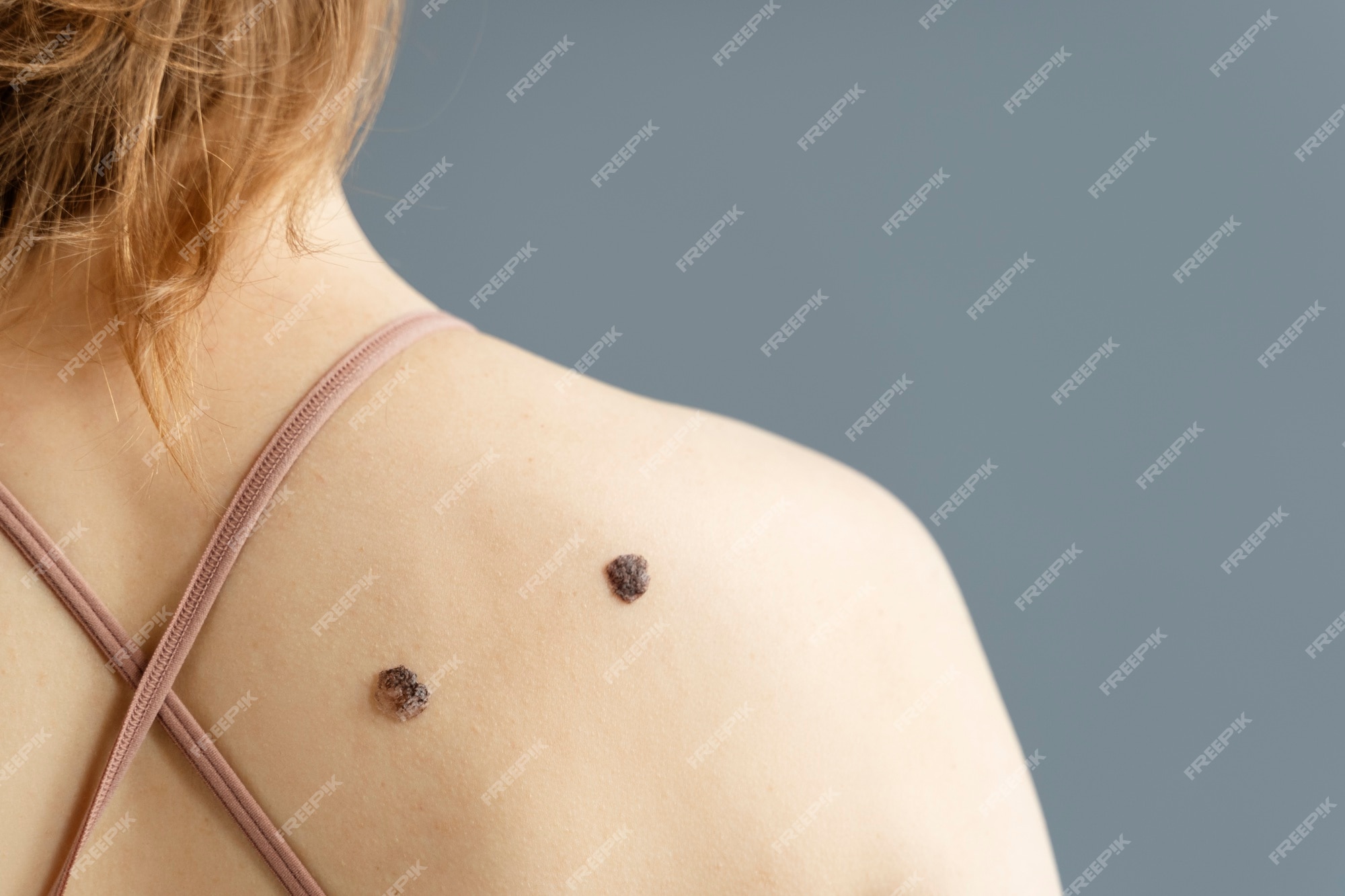
Introduction
Moles and birthmarks are common skin abnormalities that can appear on individuals of all ages. While they may seem similar in appearance, it is crucial to distinguish between the two to understand their significance and potential health implications. In this article, we will delve into the characteristics of moles and birthmarks, explore their dissimilarities, and shed light on when to seek medical attention.
I. Moles: Nature, Causes, and Types
A. Nature of Moles
Moles, medically known as nevi, are growths on the skin that develop when pigment-producing cells called melanocytes cluster together. They can vary in color, size, and texture, ranging from flesh-toned to dark brown or black. Moles are usually round or oval-shaped and can be flat or raised.
B. Causes of Moles
The exact cause of moles is not fully understood, but they often result from a combination of genetic factors and sun exposure. Some individuals are more prone to developing moles due to genetic predisposition.
C. Types of Moles
There are several types of moles, including:
- Congenital Moles: These moles are present at birth or develop shortly afterward. They can vary in size, and larger congenital moles have a higher risk of developing into melanoma, a type of skin cancer.
- Acquired Moles: Acquired moles develop over time due to sun exposure or hormonal changes, such as during puberty or pregnancy. They can appear anywhere on the body.
- Atypical Moles: Atypical moles, also known as dysplastic nevi, are usually larger than regular moles and have irregular borders and uneven coloration. They may be hereditary and are considered precursors to melanoma.
II. Birthmarks: Characteristics and Types
A. Characteristics of Birthmarks
Birthmarks are typically present at birth or appear shortly afterward. They can be flat or raised, and their color can range from pink to red, purple, brown, or even blue. Birthmarks can vary in size and shape, and while most are harmless, some may require medical attention.
B. Types of Birthmarks
There are different types of birthmarks, including:
- Vascular Birthmarks: Vascular birthmarks occur due to abnormalities in blood vessels. They can be categorized as either macular stains (salmon patches), which are flat and pink, or hemangiomas, which are raised, red, and lumpy.
- Pigmented Birthmarks: Pigmented birthmarks result from an overgrowth of pigment cells. They can include café-au-lait spots, which are light brown patches, or Mongolian spots, which are bluish-gray patches often found on the lower back or buttocks of infants.
III. Distinguishing Moles from Birthmarks
Differentiating between moles and birthmarks can sometimes be challenging, as they share similar visual characteristics. However, a few key distinctions can help in their identification:
A. Appearance
Moles are often round or oval-shaped, while birthmarks can have more irregular shapes. Moles may also have a darker coloration compared to birthmarks.
B. Texture
Moles can be flat or raised, whereas birthmarks can have varying textures. Some birthmarks may feel smooth, while others can be rough or lumpy.
C. Development
Moles can appear at any time in life, while birthmarks are typically present from birth or appear soon after. Observing when the mark first appeared can provide valuable insight into its nature.
IV. Significance and When to Seek Medical Attention
A. Moles and Skin Cancer
While most moles are harmless, certain types of moles, particularly atypical moles, have an increased risk of developing into melanoma. Regular monitoring of moles for changes in size, shape, color, or texture is crucial for early detection of potential skin cancer.
B. Birthmarks and Medical Attention
The majority of birthmarks are harmless and do not require treatment. However, certain birthmarks, such as large congenital moles or rapidly growing hemangiomas, may need medical evaluation to rule out any underlying health concerns.
C. When to Consult a Healthcare Professional
It is advisable to consult a healthcare professional if you notice any of the following signs:
- Sudden appearance of multiple moles or birthmarks.
- Changes in the size, shape, color, or texture of existing moles or birthmarks.
- Bleeding, itching, or crusting of moles or birthmarks.
- Pain or discomfort associated with moles or birthmarks.
- Rapid growth or ulceration of birthmarks.
Conclusion
Distinguishing between moles and birthmarks is essential for understanding their significance and potential health implications. While most moles and birthmarks are harmless, regular monitoring and timely medical attention can aid in the early detection of any concerning changes. If you have any concerns or notice any unusual characteristics in your moles or birthmarks, it is always best to consult with a healthcare professional for a proper evaluation and guidance.
